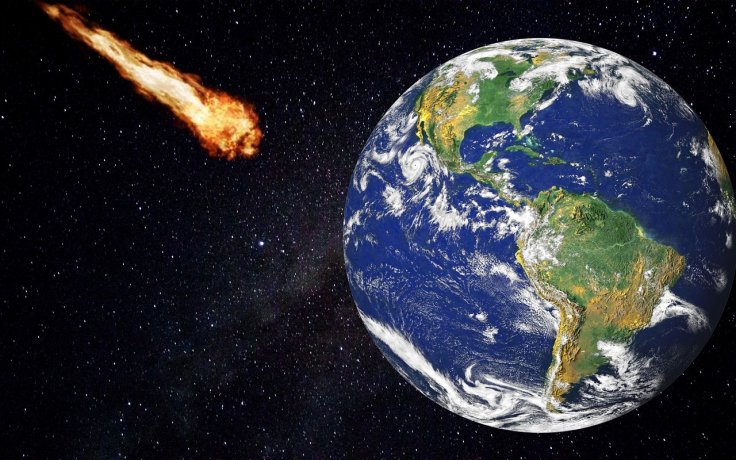Due to the number of asteroids that pass by Earth every day, the US has implemented a system that prevents the International Space Station (ISS) from getting badly damaged by space rocks. According to a NASA official, this system helps the ISS to evade potentially hazardous asteroids.
The ISS was built in 1998 and serves as a massive station in low-Earth orbit. Its massive size, which measures over a hundred metres wide, makes it susceptible to getting hit by near-Earth asteroids.
Notable Asteroid Impacts On ISS

In fact, due to its size, it's not uncommon for the massive station to get hit by small asteroids from time to time. One of the most notable impacts happened in 2012 when a tiny space rock hit the window of a module on the ISS. To prevent an air leak and loss of pressure inside the station, an emergency shutter was immediately pulled over the window. Fortunately, the minor damage on the window did not cause a leak.
Then, in 2013, an asteroid created a bullet-sized hole on one of the ISS' solar arrays. Based on the effect of the impact, the station's astronauts noted that it would have caused serious problems if it hit the ISS' hull.
Protecting ISS From Asteroid Impacts

For larger asteroids, however, the ISS relies on a special system designed to prevent a catastrophic impact. According to Daniel Huot, the public affairs officer for NASA, the US Space Surveillance Network monitors the immediate area surrounding the ISS. This zone, which has a radius of a few kilometres from the station, is regularly checked to see if a large-sized asteroid or space debris will enter it. If the system detects that an asteroid has a good chance of entering this area, the ISS will use its thrusters to move out of the way.
"The ISS will normally manoeuvre away from the object if the chance of a collision exceeds 1 in 10,000," Huot told IFL Science. "It typically happens about once a year [although no such manoeuvres were done in 2016]. There have been 23 debris avoidance manoeuvres in the station's history."









